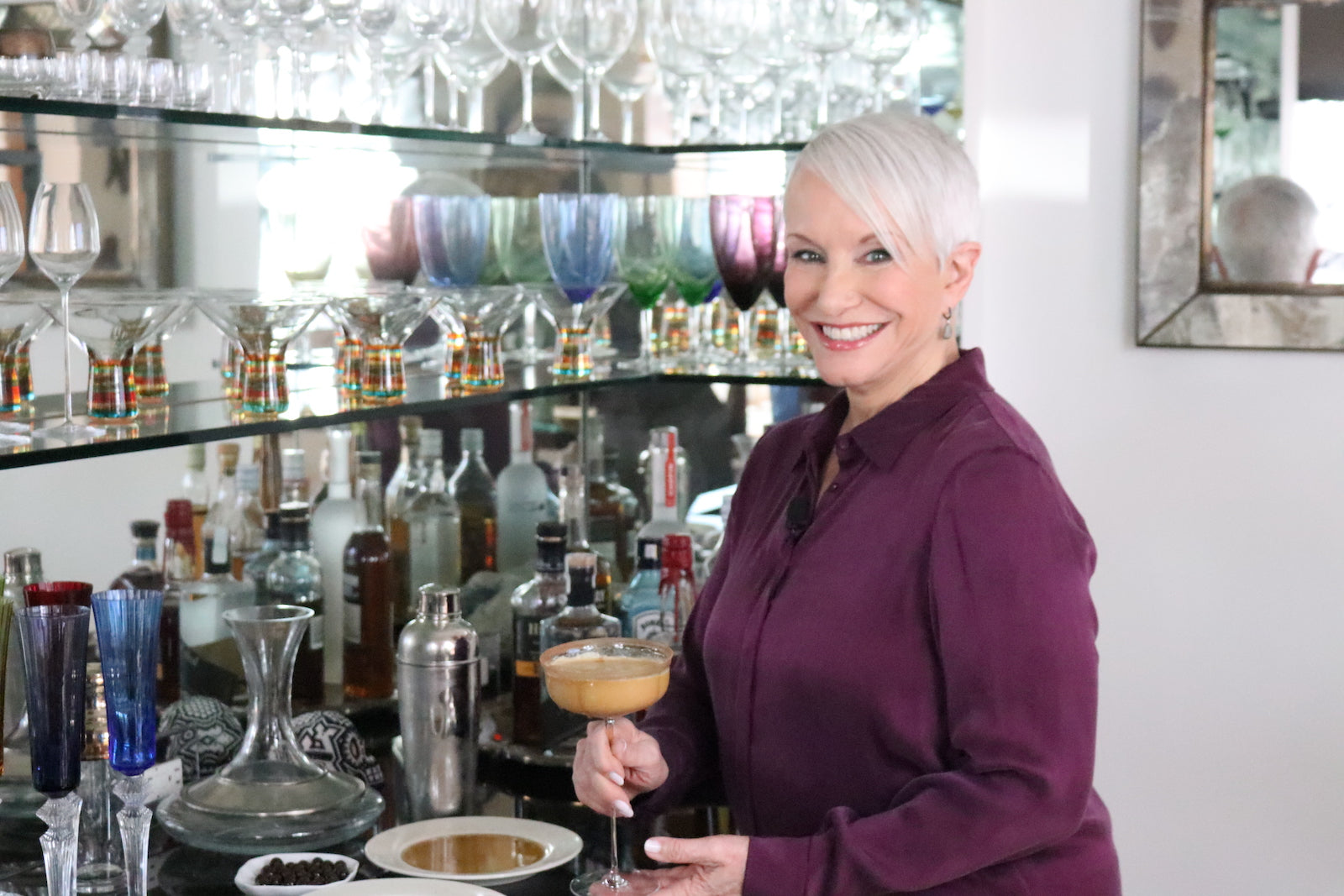Food & Recipes, Kitchen Hacks
How to tell if that fruit or veggie is actually organic!
A kitchen hack that makes it easy to tell the difference between organic and GMO produce.
I work very hard on keeping a balanced and healthy diet. The best way for me to do this is by reading labels. It’s a habit! I avoid foods with lots of preservatives and other chemical additives. I stick to things that taste good – but I stay away from things that I’ve decided are not helpful or that there’s even some question that they may not be healthy. That’s why I habitually look for a label. Most labels tell you everything you need to know.
Take GMOs, for example. A GMO is a genetically modified organism (plant, animal or other organism whose genetic makeup has been modified). Lots of people wonder whether GMOs are healthy or not. I don’t want to dive into that debate, it’s just something I avoid. Even when I’m buying dairy products – I look for the non-GMO Project logo on the packaging.
Here’s a perfect example of that habit of mine. Every now and again, when my friends and I decide that we need to have an evening of cooking together we’ll all go shopping as a group. It’s as if the party starts from when we get to the store! Here’s a little tip – if you want to know where to go to select the freshest food for your family, follow a foodie. Especially one that’s been in the restaurant business for half her adult life.
The first question was where to shop. I love Gelson’s on Century Park West off Santa Monica Boulevard; been going there for years. It’s a little busy sometimes – especially just before and after lunch but it’s always clean, well organized and well stocked. We went at 3 pm – perfect for a group of friends to poke around for their groceries.
I had fun using lessons I learned from my trip to Italy to point out the differences and uses of penne and rigatoni pasta. Then we got to the produce section. I was looking at bananas when one of my friends heard me say, “Good, all nines.” From her expression, I knew she needed an explanation.
All fruits and vegetables have a PLU or product look up code assigned to them. Bananas are always 4011, bok choy is 4545 (great with soups), brussel sprouts are 4550 (love them when roasted!) and Large Cripps pink apples are 4130 (favorites for aromatic fruit salads). The codes are there because it makes it easier for everyone to track and inventory product. And, it’s the numbers that the cashier uses to punch in when you check out of the market.
The PLU codes are found on little labels stuck to each fruit or vegetable. Sometimes they’ll be on the box or bag for fruits that are usually purchased in bulk, like a bag of tangerines (4055). They’ll also be on the tag above the bin that contains the items. Here’s the important point about PLUs. Most of them have 4-digit codes. These are conventionally grown. And most of these codes start with a 3 or 4.
Increasingly, you’ll find 5-digit PLU codes. And these are divided into two classes – ones that start with an “8” and ones that start with a “9.” Many of the PLU codes at Gelson’s begin with a “9” – which means that the produce is USDA-certified organic! So, if you come across a 94011 – it’s a banana, but it’s an organically grown banana!
The “8” means that the item is GMO (genetically modified). Typically these “8”s are found on a known group of High Risk Crops, that include corn, zucchini, or crook neck squash and papaya among others. I couldn’t find any “8”s at Gelson’s – or for that matter, in any of the stores around Beverly Hills, even on the summer corn.
So, it’s very easy to remember “I hate “8”s but “9” is FINE!





















